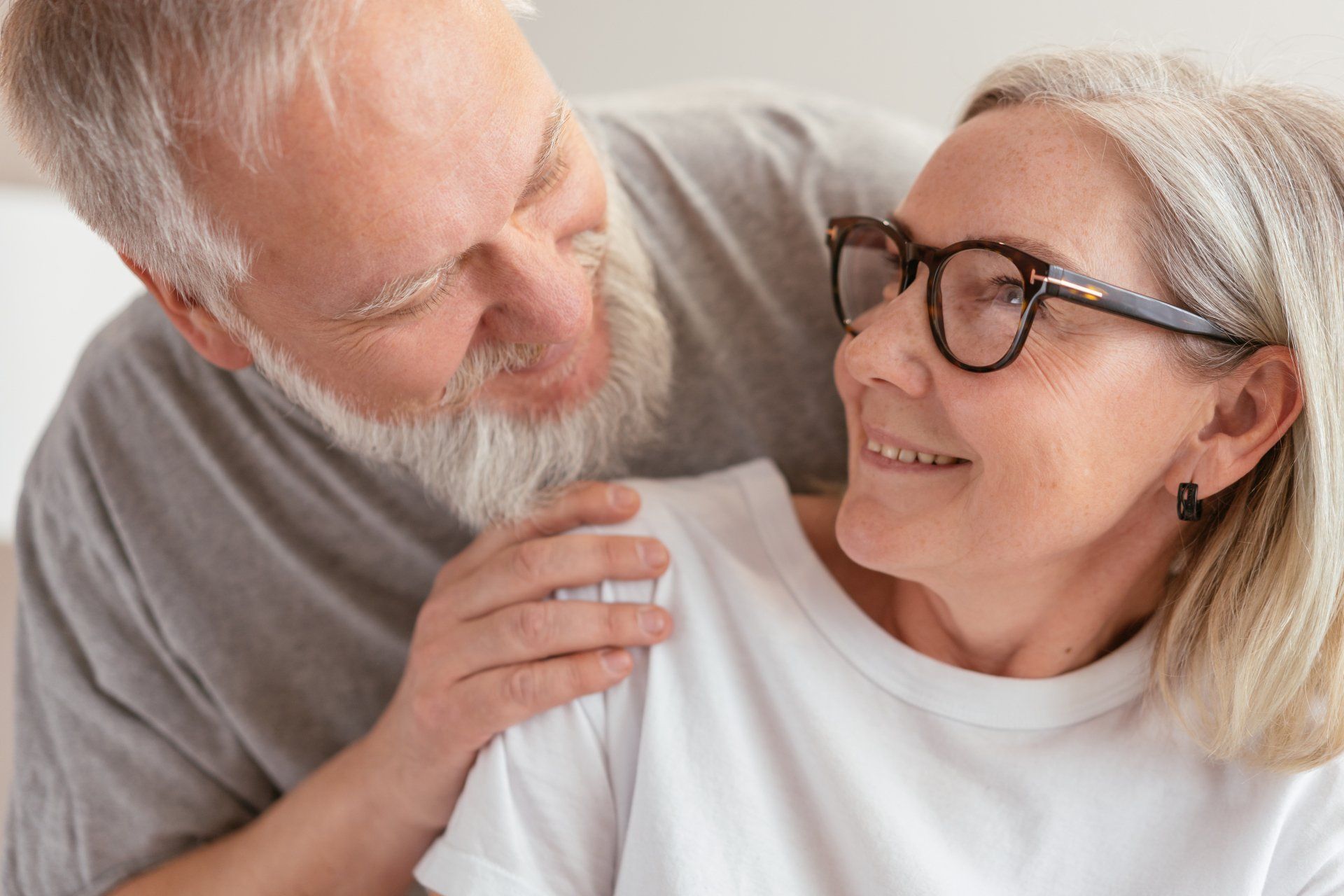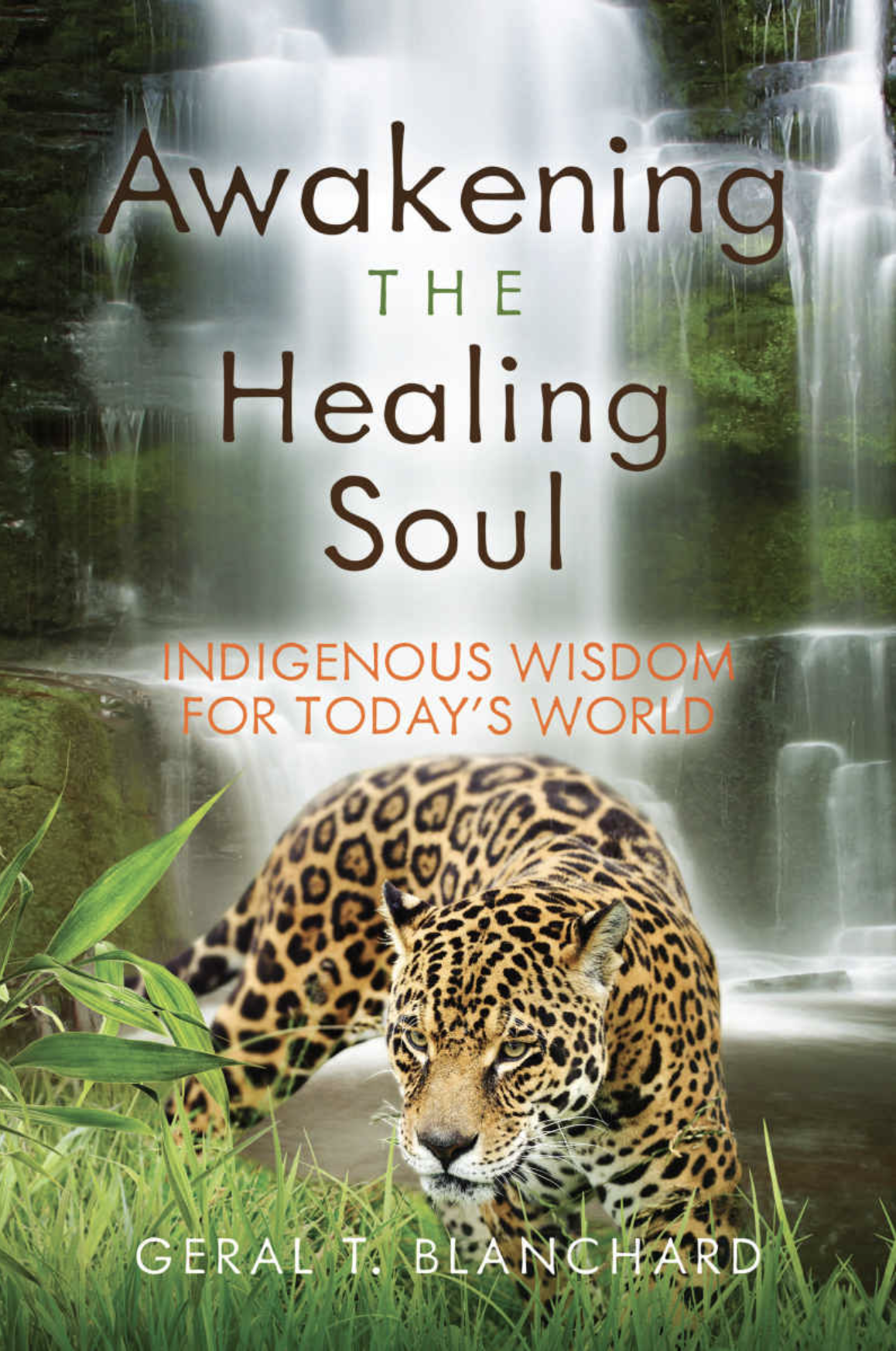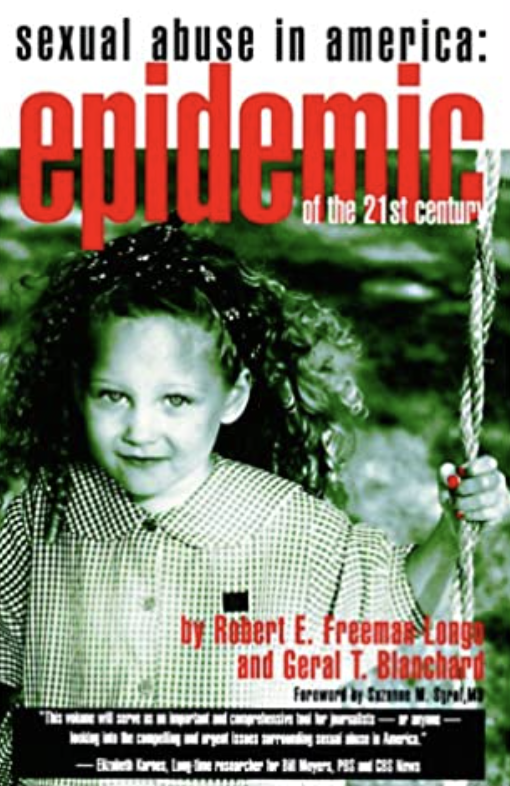Geral Blanchard, LPC, is a psychotherapist who is university trained in psychology and anthropology. Formerly of Wyoming and currently residing in Iowa, Geral travels the world in search of ancient secrets that can augment the art and science of healing. From Western neuroscience to Amazonian shamanism, he has developed an understanding of how to combine old and new healing strategies to optimize recovery, whether from psychological or physical maladies.
Depression Neuro-Bio-Psycho Types
There are many forms of depression (I have observed at least 23), with many causal factors, and many treatment strategies for each one
Following a thorough assessment of all the types of depression, treatment can be more responsive to underlying precipitating factors.
The standard types of depression most psychologists know about are: 1) unipolar, 2) dysthymia or persistent depressive disorder (PDD), 3) various bipolar spectrum depressions, including… 4) cyclothymic (predominant racing mind or mania) mood disorder, 5) postpartum or postnatal (PND), especially after birthing boys, treated with Zurzuvae, 6) neurologically based (deep limbic system) depression, 7) blue light technology induced depression, anxiety, and insomnia, 8) inflammation based depression due to an immune system disorder that can be treated with anti-inflammatory supplements and the repurposed antidepressant, Luvox, 9) hypothyroidism, 10) Facebook depression which, according to the American Academy of Pediatrics, develops in early teens, 11) dopamine deficiency depression due to opioid use, unhealthy intestines, or the result of vegan or vegetarian diets, 12) a candida albicans yeast overgrowth from rapidly assimilated carbohydrates, sugars, pastas, and yeast breads that can be altered by dietary change and select supplements – can also be caused by antibiotic overuse destroying health intestinal flora and fauna, 13) amino acid deficiency, particularly phenylalanine, plus accompanying dietary deficiencies, that fail to optimally nourish brain neurotransmitter development which originates in healthy intestines, 14) antihistamine related depression, a side effect of regular use of modern second generation OTC antihistamine drugs and 15) pituitary gland tumor caused depression that can be treated by surgery, medication, and/or radiation, 16) low stomach acid (gastric atrophy) caused by aging and/or the use of antacids and PPIs that can be treated with hydrochloric acid supplementation, 17) low magnesium and zinc deficiency depression and 18) seasonal affective disorder (recently relabeled as “major depressive disorder with seasonal patterns”).
The work of Dr. William J. Walsh, coming from the field of nutritional medicine, has provided us with additional and more comprehensive ways to diagnose and treat depression. He developed five primary depression biotypes, each with its own etiology and unique treatment strategy based on the patient’s biochemical individuality. His research was influenced by the nutritional theories of the Canadian orthomolecular psychiatrist, Abram Hoffer, and his American counterpart, Carl Pfeiffer. Walsh is the author of Nutrient Power. (What was once the Pfeiffer Treatment Center, is now the Walsh Research Institute, located in Naperville, Illinois, where he practices. Contact information: (630) 596-5095. 1155 S. Washington Street, Naperville, IL 60540. Email:
info@walshinstitute.org or go to
psychiatryredefined.org).
Add to the previous eighteen typologies Dr. Walsh’s five additional biotypes:
19) Undermethylated Depression
This form of depression constitutes 38 percent of Walsh’s data base - the most common form of depression he sees – and is diagnosed by analysis of blood and urine chemistries. Most undermethylated depressives exhibit low levels of homocysteine; some patients must have treatment to normalize homocysteine levels prior to using Sam-e as a natural treatment. In most cases, supplementation for a few weeks with vitamin B-6 and serine can bring homocysteine down to a safe level. Folates, choline, manganese, copper, and DMAE tend to worsen their depression and must be strictly avoided.
Symptoms of undermethylated depression can also include:
· Obsessive-compulsive tendencies
· Low pain tolerance
· High suicidal tendency
· High libido
· Seasonal inhalant allergies
· Responsive to antihistamines
· High inner tension with calm exterior
· High fluidity (tears, saliva, etc.)
· Addictiveness
· Frequent headaches
· History of perfectionism & family accomplishments
· Rumination over past events
· Competitive in sports
· Self-motivated
· Low levels of homocysteine
20) Folate Deficiency Depression
This biotype constitutes 20 percent of Walsh’s depression data base. Persons experiencing this type of depression are prone to adverse side effects from SSRI antidepressants (increased anxiety) because they are intrinsically high-serotonin persons. SSRIs may worsen depression or cause violence. Avoid treating these patients with tryptophan, 5-HTP, phenylalanine, tyrosine, copper, and inositol. Typical treatment for this type of low-folate depression includes folic or folinic acid, vitamin B-12, niacinamide, choline, DMAE, and manganese that reduce dopamine synaptic activity; zinc, PLP, and B-6 which increase GABA levels; and augmenting nutrients including vitamins C and E. Many improve with a very carefully monitored prescription of benzodiazepines.
Symptoms of folate deficiency depression include:
· Food and chemical sensitivities
· Nervous legs
· Dry eyes and mouth
· Upper body/head/neck pain
· Estrogen intolerance
· Antihistamine intolerance
· High anxiety, hyperactivity, and panic tendencies
· Absence of seasonal allergies
· Sleep disorders
· High pain threshold
· Low libido
· Hyperactivity
· High artistic abilities and interests
· Noncompetitive in sports
21) Hypercupremic Depression
This form of depression was found in 17 percent of Walsh’s data base. The vast majority (96%) of persons with this biotype are women, their first episode of depression typically unfolds during a hormonal event such as puberty, childbirth, or menopause. They are overloaded with copper. SSRI drugs may seem to reduce their depression but will elevate their anxiety. They also tend to be unusually intolerant of birth control pills or hormone replacement therapies since they increase copper levels in the blood. The prescriptions of SSNI antidepressants, that raise norepinephrine, can lead to increased anxiety including panic attacks, sleep problems, and even psychosis.
Treatment involves decoppering the patient to bring blood and brain copper levels into the normal range. . A primary natural mechanism for removal of excess copper involves binding to metallothionein (MT) proteins in the liver, followed by excretion via the bile duct. Advanced nutrient therapy may also involve supplements of zinc together with manganese, glutathione, vitamins B-6, C, and E, and other nutrients that increase MT activity. The two primary approaches of decoppering are chelation therapy and tetrathiomolybdate (TTM), the latter being used for treating Wilson’s Disease and solid tumors. Infrared sauna may help. The amino acid, Sam-e (L-methionine), can assist with decoppering.
Symptoms of hypercupremic depression include:
· Persistent feelings of doom
· Fatigue and exhaustion
· Supersensitive, weepy, mood swings
· Obsessive thoughts
· Despair, suicidal thinking, hopelessness
· Constipation
· Yeast infections (candida)
· Severe anxiety
· Sleep disorders
· Hormone imbalances
· Hyperactivity in childhood
· Skin sensitivity to metals and rough fabrics
· Ringing in the ears (tinnitus)
· Intolerance to estrogen, shellfish, and chocolate (but may crave it)
22) Pyroluric Depression
Approximately 15 percent of the Walsh data base is made up of this type of depressive biotypes. This is a stress disorder that can result from emotional trauma. This group suffers from a double deficiency of zinc and vitamin B-6 that may be genetic in nature. Pyrolurics exhibit an unusual combination of symptoms that makes diagnosis quite straightforward. This group responds to nutrient therapy faster than other biotypes and will likely benefit from psychotherapy.
Symptoms of pyroluric depression include:
· Severe mood swings
· Inability to cope with stress
· Rages
· Absence of dream recall
· Tendency to sunburn quickly with an inability to tan
· Morning nausea
· Sensitivity to bright lights and loud noises
· Fearful (including impending disasters), pessimistic, and isolative
· Great inner tension
· Reading disorders
· Academic underperformance regardless of intelligence
· Disturbed menstrual periods or amenorrhea
· Delayed puberty
· May have symptoms of rapid-cycling bipolar disorder
18) Toxic Overload Depression
Approximately 5 percent have this type of depression. They exhibit toxic metal poisoning as their primary chemical imbalance. Often the culprits are overloads of lead, mercury, cadmium, or arsenic. Hair mineral analysis and blood work can help diagnose these anomalies.
Nutrient therapies and chelation therapies may be helpful. Avoiding certain foods – like shellfish and mercury contaminated fish may also help. Avoid sources of cadmium: cigarettes, shallow wells, metal welding, brazing, artist’s paints, fireworks, mining operations, and various industrial plants.
Symptoms of toxic overload depression include:
· Sudden eruption of depression during an otherwise period of calm and wellness
· Abdominal pain and cramping
· Increased irritability
· Headaches and muscle weakness
· Low energy
· Failure to respond to traditional counseling or psychiatric medications
Treatment begins with a hair mineral analysis test and an amino acid plasma test.
A few psychologists make a reference to a set of symptoms known as morning depression. While not a widely accepted type of depression, there are insights that can be discovered from studying this fairly predictable set of symptoms that are prominent upon awakening and fade somewhat throughout the day. Information can be found online.
*********
Apparently, I’m not the only person that has shown an interest in parsing out the many types of depression we, as psychotherapists, encounter. In addition to William Walsch, Lucy Foulkes, PhD of University College London, share my interest in identifying depression subtypes. Foulkes wrote, In Losing our Minds: “Depression is not really one single disorder. Instead, depression may be better thought of as an umbrella term for a host of different disorders – in the same way that the term ‘cancer’ incorporates disorders such as leukemia. Sarcoma, and breast cancer that are distinct from one another. Having clearly specified sub- disorders would be useful, because each subtype may have different causes and, importantly, different treatments. If we diagnose specific types of depression, more targeted treatments could be offered, reducing suffering and improving outcomes.”
Dr. Walsh cautions prescribers: “SSRI antidepressants can benefit persons with undermethylation or pyrrole biotypes of depression but can harm folate deficient depressives and be ineffective for other biotypes. Treatment outcomes could be greatly improved if physicians would order inexpensive blood tests to identify the patients who are good candidates for SSRI antidepressants.”
CHEMISTRY LABS
1) Direct Healthcare Access II Laboratory
350 Kensington Road, Suite 118
Mount Prospect, IL 60056
2) Bio-Center Laboratory
3100 N. Hillside Ave
Wichita, KS 67219
(316) 682-3100
3) Doctor’s Data, Inc.
3755 Illinois Ave
St. Charles, IL 60174-2420
4) Vitamin Diagnostics
540 Bordertown Ave, Suite 2300
South Amboy, NJ 08879
(732) 721-1234
Or, Google “hair mineral analysis,” or www.evenbetternow.com, to learn about self-administered mail-in test procedures. This assessment tool is particularly important for persons suspected of having a toxic overload depression.
*********
Other Topics
Basics of MDMA
Rituals and Ceremony
Brain and MDMA
Trauma
Heart
Energy Movement
Quantum Physics
Native Cosmologies
Nature
Spirituality/Enlightenment
Kogi Tribe
Books written by Geral T. Blanchard
More Articles



















